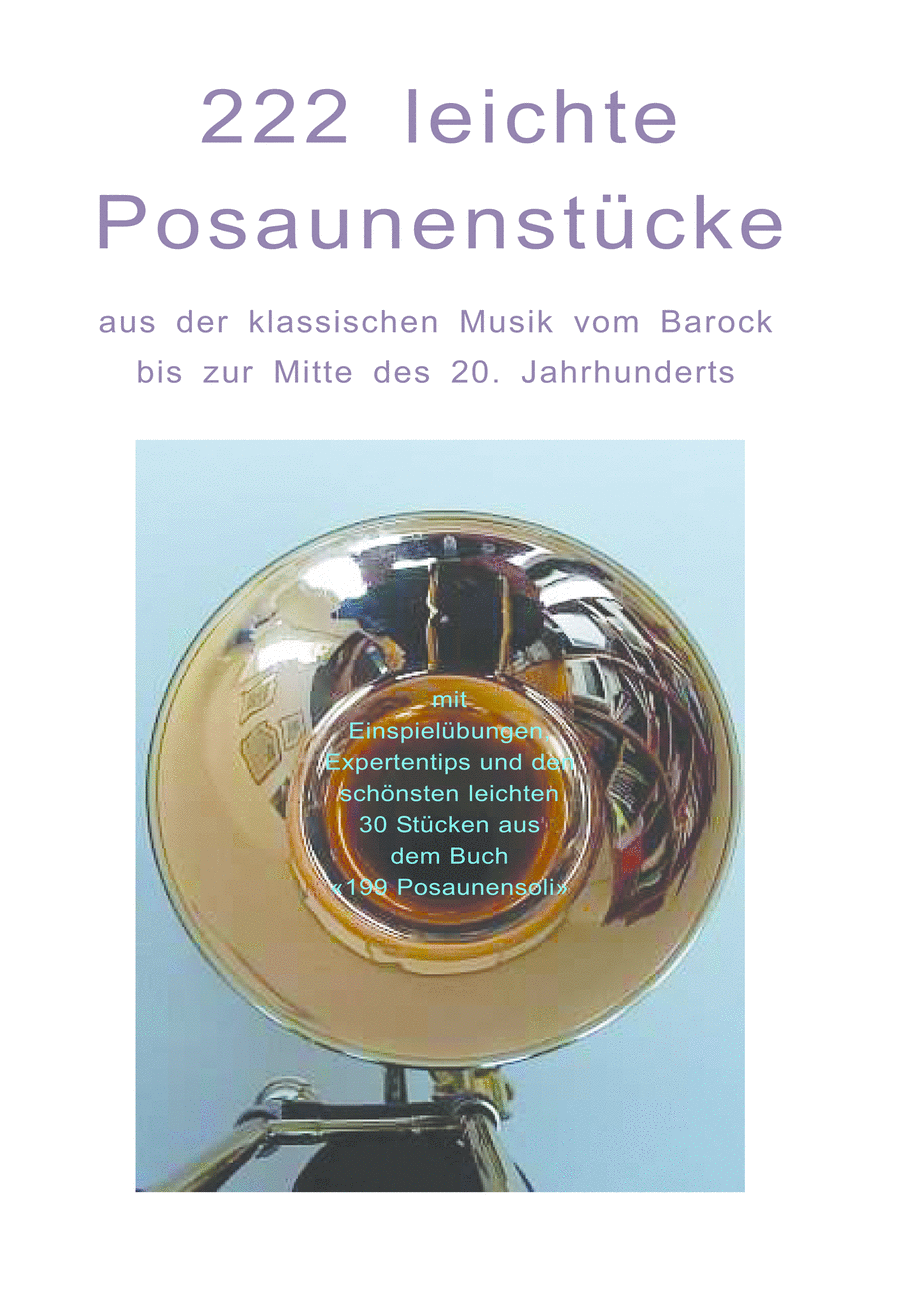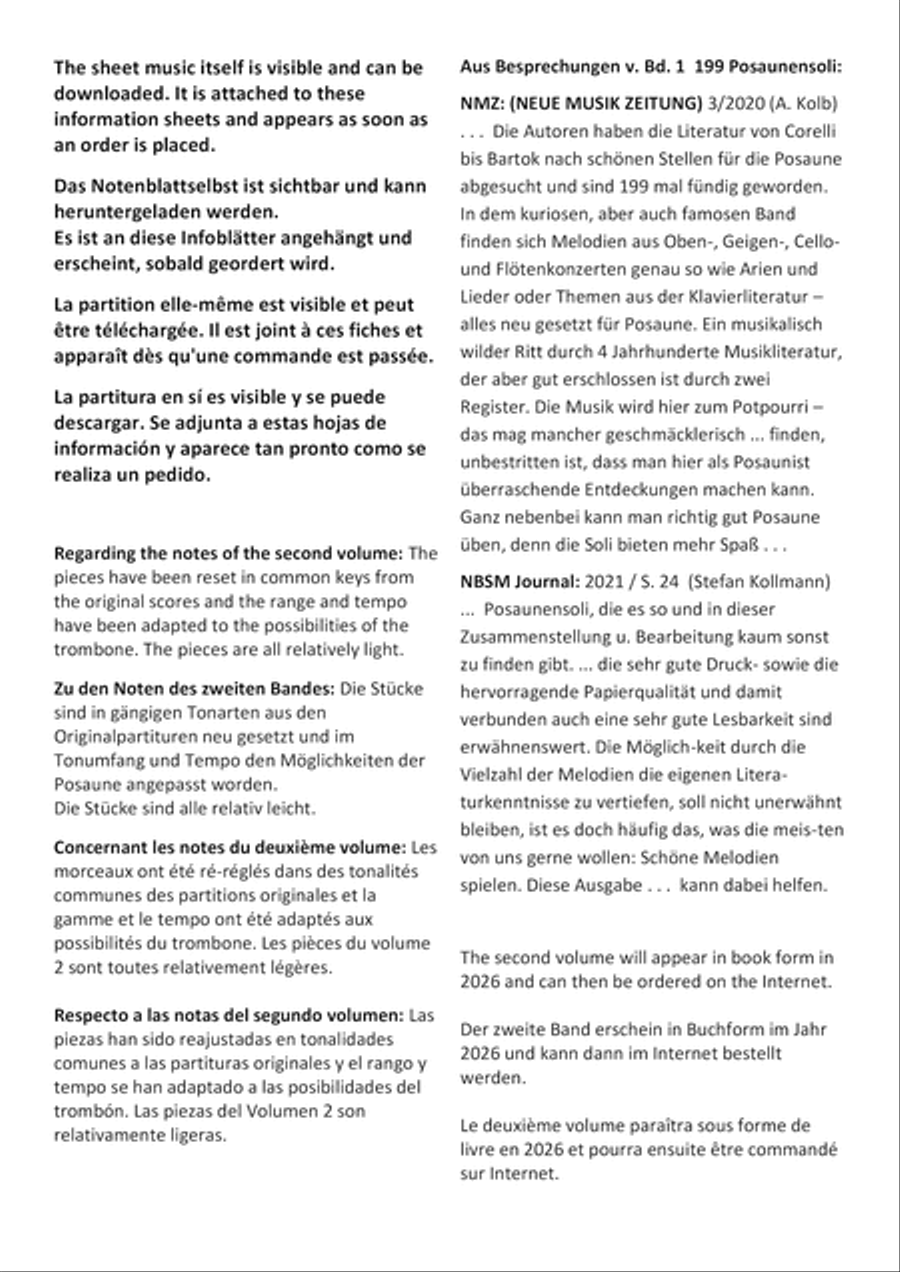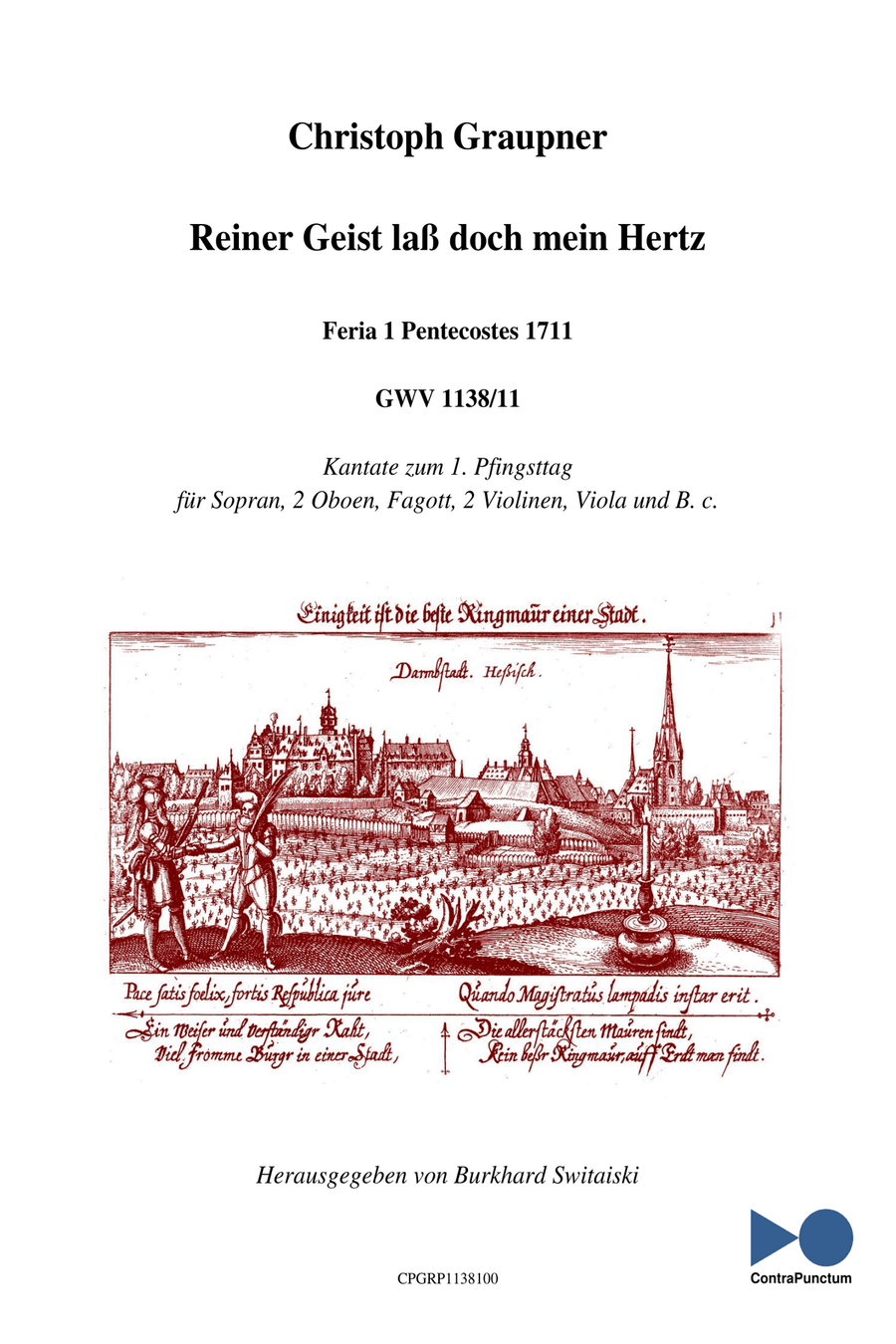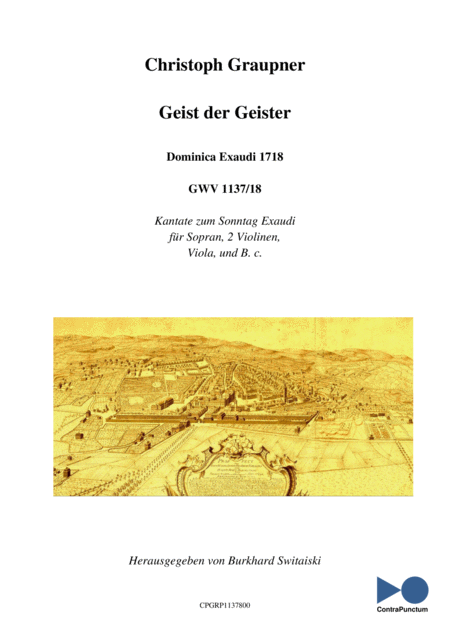Christoph Graupner (1683 - 1760)
 Allemagne
Allemagne
 Allemagne
AllemagneJohann Christoph Graupner (January 13, 1683 in Kirchberg ? May 10, 1760 in Darmstadt) was a German harpsichordist and composer of high Baroque music who lived and worked at the same time as Johann Sebastian Bach, Georg Philipp Telemann and George Frideric Handel.
Graupner's life
Born in Hartmannsdorf near Kirchberg in Saxony, Graupner received his first musical instruction from his uncle, an organist named Nicolaus Kuester. Graupner went to the University of Leipzig where he studied l ... (Read all)
Source : Wikipedia
Graupner's life
Born in Hartmannsdorf near Kirchberg in Saxony, Graupner received his first musical instruction from his uncle, an organist named Nicolaus Kuester. Graupner went to the University of Leipzig where he studied l ... (Read all)
Source : Wikipedia
FREE SHEET MUSIC
Bourrée in E minor (GWV 827, Arrangement in Notebook for Wolfgang Amadeus Mozart, Suite 11, no. 4)
Christoph Graupner
Piano solo / 2 PDF / 1 MP3 / MIDI
Preludio e Fuga in a minor (GWV 855)
Christoph Graupner
Keyboard (Piano, Harpsichord or Organ) / 1 PDF
Gavotte en Sol
Christoph Graupner
Trombone or Tuba or Euphonium, Piano or Organ / 1 PDF / 2 MP3 Play-along
Bourrée in D minor
Christoph Graupner
Soprano or Tenor Saxophone, Piano or Organ / 1 PDF / 2 MP3 Play-along
Sommeille [means Schlummerlied, Sleep song or Ninna nanna.] (from Partita GWV 145)
Christoph Graupner
Keyboard (Piano, Harpsichord or Organ) / 1 PDF
Menuets (Monatliche Clavier Früchte, Februarius GWV 110, Mvmt. 8)
Christoph Graupner
Keyboard (Piano, Harpsichord or Organ) / 2 PDF / 1 MP3 / MIDI
Bourrée in D minor
Christoph Graupner
Trumpet in Bb or Bugle or Cornet, Piano or Organ / 1 PDF / 2 MP3 Play-along
Gavotte en Sol
Christoph Graupner
Soprano or Tenor Saxophone, Piano or Organ / 1 PDF / 2 MP3 Play-along
Bourrée in D minor
Christoph Graupner
Recorder (S. or T.), Piano (or Organ) / 1 PDF / 3 MP3 Play-along Interpreted
Search
1 9 17 25 33 More results ⇒ 140


 Graupner, Christoph, Konzert für Fagott in C Moll GWV 307
Graupner, Christoph, Konzert für Fagott in C Moll GWV 307
$1.99 #Trombone #Christoph Graupner #christoph


 Graupner Christoph Cantata Reiner Geist laß doch mein Hertz GWV 1138/11
Graupner Christoph Cantata Reiner Geist laß doch mein Hertz GWV 1138/11
$10.00 #Chamber Orchestra #Christoph Graupner #Dr #Burkhard Switaiski


 Graupner Christoph Cantata Ach Gott wie manches Hertzeleydt GWV 1142/11
Graupner Christoph Cantata Ach Gott wie manches Hertzeleydt GWV 1142/11
$10.00 #Chamber Orchestra #Christoph Graupner #Dr #Burkhard Switaiski


 Graupner Christoph Cantata Ich eße nichts als Aschen Brodt GWV 1137/13
Graupner Christoph Cantata Ich eße nichts als Aschen Brodt GWV 1137/13
$10.00 #Chamber Orchestra #Christoph Graupner #Dr #Burkhard Switaiski


 Graupner Christoph Cantata Ihr irdischen Gedancken flieht GWV 1142/13
Graupner Christoph Cantata Ihr irdischen Gedancken flieht GWV 1142/13
$15.00 #Christoph Graupner #Dr #Burkhard Switaiski


 Graupner Christoph Der Herr ist mein Hirt (Psalm 23) GWV 1140/11
Graupner Christoph Der Herr ist mein Hirt (Psalm 23) GWV 1140/11
$15.00 #Chamber Orchestra #Christoph Graupner #Dr #Burkhard Switaiski


 Graupner Christoph Cantata Geist der Geister GWV 1137/18
Graupner Christoph Cantata Geist der Geister GWV 1137/18
$8.00 #Chamber Orchestra #Christoph Graupner #Dr #Burkhard Switaiski


 Graupner Christoph Cantata Soll nun das unschuldsvolle Lamm zu seinen Leiden gehn GWV 1119/13
Graupner Christoph Cantata Soll nun das unschuldsvolle Lamm zu seinen Leiden gehn GWV 1119/13
$8.00 #Christoph Graupner #Dr #Burkhard Switaiski
More digital shop results ⇒
Graupner, Christoph, Konzert für Fagott in C Moll GWV 307



$1.99 #Trombone #Christoph Graupner #christoph
Graupner Christoph Cantata Reiner Geist laß doch mein Hertz GWV 1138/11



$10.00 #Chamber Orchestra #Christoph Graupner #Dr #Burkhard Switaiski
Graupner Christoph Cantata Ach Gott wie manches Hertzeleydt GWV 1142/11



$10.00 #Chamber Orchestra #Christoph Graupner #Dr #Burkhard Switaiski
Graupner Christoph Cantata Ich eße nichts als Aschen Brodt GWV 1137/13



$10.00 #Chamber Orchestra #Christoph Graupner #Dr #Burkhard Switaiski
Graupner Christoph Cantata Ihr irdischen Gedancken flieht GWV 1142/13



$15.00 #Christoph Graupner #Dr #Burkhard Switaiski
Graupner Christoph Der Herr ist mein Hirt (Psalm 23) GWV 1140/11



$15.00 #Chamber Orchestra #Christoph Graupner #Dr #Burkhard Switaiski
Graupner Christoph Cantata Geist der Geister GWV 1137/18



$8.00 #Chamber Orchestra #Christoph Graupner #Dr #Burkhard Switaiski
Graupner Christoph Cantata Soll nun das unschuldsvolle Lamm zu seinen Leiden gehn GWV 1119/13



$8.00 #Christoph Graupner #Dr #Burkhard Switaiski
More digital shop results ⇒
| ||||||||||||||||||||||||||||||||||||||||










































